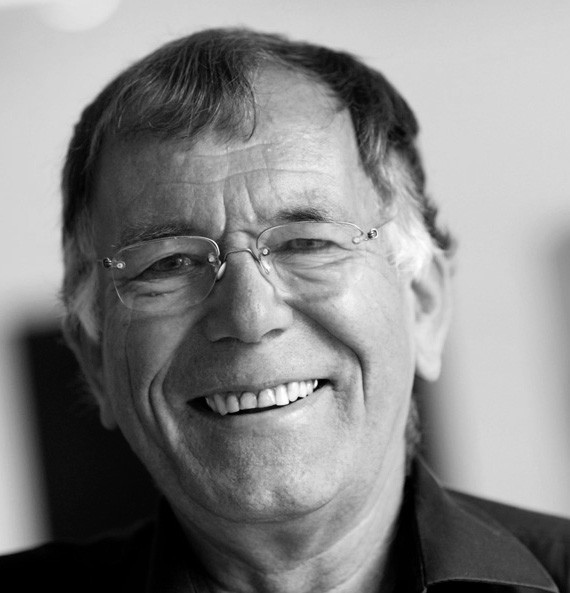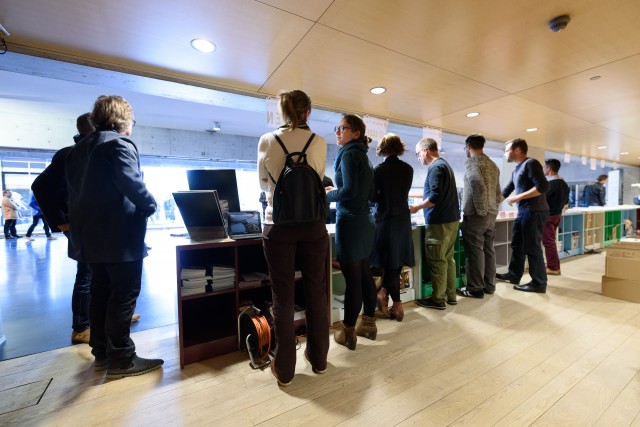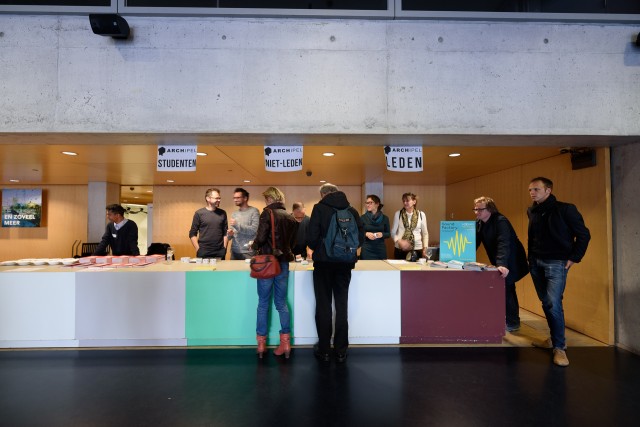Jan Gehl

Jan Gehl (°Copenhagen, 17 September 1936) is a Danish architect and urban design consultant based in Copenhagen.
Gehl received a Masters of Architecture from the Royal Danish Academy of Fine Arts in Copenhagen in 1960. In 1966 he received a research grant from the institution for “studies of the form and use of public spaces” and has since been a lecturer and professor there, and a Visiting Professor in Canada, the US, New Zealand, Mexico, Australia, Belgium, Germany, Poland and Norway.
Gehl first published his influential Life Between Buildings in Danish in 1971, with the first English translation published in 1987. Gehl advocates a sensible, straightforward approach to improving urban form: systematically documenting urban spaces, making gradual incremental improvements, then documenting them again. Gehl’s book Public Spaces, Public Life describes how such incremental improvements have transformed Copenhagen from a car-dominated city to a pedestrian-oriented city over 40 years. Copenhagen’s Strøget carfree zone, one of the longest pedestrian shopping areas in Europe, is primarily the result of Gehl’s work.
Gehl credits the “grandmother of humanistic planning” Jane Jacobs for drawing his attention to the importance of human scale. “Fifty years ago she said – go out there and see what works and what doesn’t work, and learn from reality. Look out of your windows, spend time in the streets and squares and see how people actually use spaces, learn from that, and use it.”





